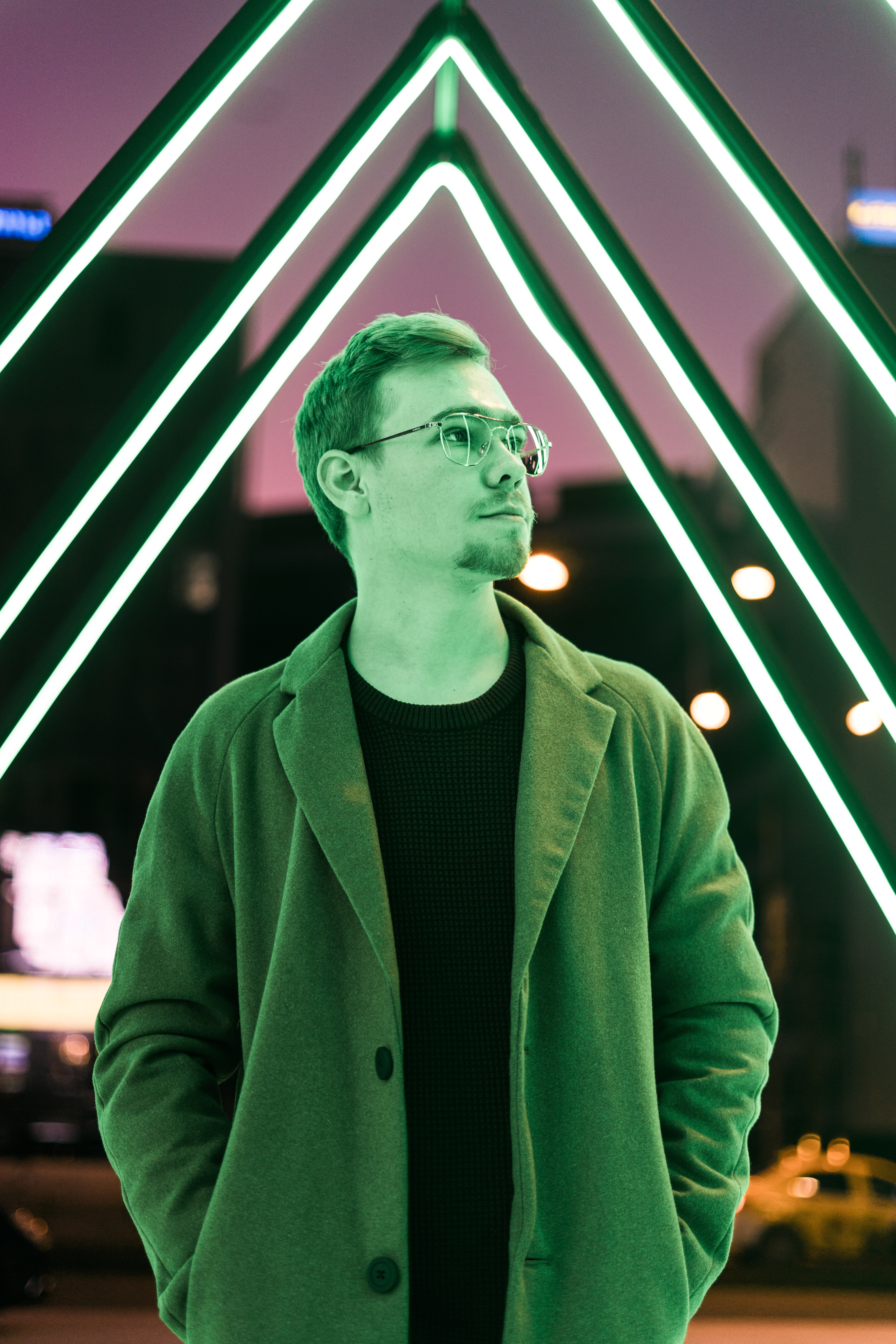UX Design Trends for 2023: What to Expect in the Ever-evolving Digital Landscape
Apr 3, 2023

The ever-evolving digital landscape continues to bring new opportunities and challenges for UX designers, as they strive to create user experiences that are engaging, intuitive, and accessible. As we move further into 2023, several trends and innovations are shaping the future of UX design, transforming the way users interact with digital products. In this article, we'll explore some of the most notable UX design trends to watch for in 2023.
Emphasis on Inclusivity and Accessibility
The Rise of Voice User Interfaces (VUIs)
AI-driven Personalization
Adoption of Virtual Reality (VR) and Augmented Reality (AR) in UX Design
Skeuomorphic Design Makes a Comeback
Enhanced Microinteractions
Dark Mode as a Standard Feature
1. Emphasis on Inclusivity and Accessibility
The push for more inclusive and accessible digital experiences has gained significant momentum, and this trend is expected to continue in 2023. UX designers will increasingly focus on creating experiences that cater to users with diverse abilities, ensuring that digital products are usable and enjoyable for everyone. This includes adopting accessible design principles, such as proper use of color contrast, clear typography, and keyboard navigation support.
2. The Rise of Voice User Interfaces (VUIs)
Voice user interfaces have been gaining popularity, with the proliferation of voice-activated devices like smart speakers and voice assistants. In 2023, we can expect to see more UX designers integrating VUIs into their designs, offering users a more convenient and natural way to interact with digital products.
3. AI-driven Personalization
As artificial intelligence continues to advance, UX designers will increasingly leverage AI-driven insights to create personalized user experiences. By analyzing user behavior and preferences, designers can tailor digital experiences to meet individual needs, ultimately leading to increased satisfaction and user retention.
4. Adoption of Virtual Reality (VR) and Augmented Reality (AR) in UX Design
Virtual and augmented reality technologies are becoming more accessible and affordable, opening up new possibilities for UX designers. In 2023, we can expect to see more designers incorporating VR and AR elements into their designs, offering users immersive and interactive experiences that blur the line between the digital and physical worlds.
5. Skeuomorphic Design Makes a Comeback
After years of minimalistic flat design dominating the UX landscape, skeuomorphic design - which mimics the appearance of real-world objects - is making a comeback. As designers look for new ways to create engaging and visually appealing experiences, we can expect to see more digital products featuring elements of skeuomorphism, such as realistic textures, shadows, and 3D effects.
6. Enhanced Microinteractions
Microinteractions - small, functional interactions that enhance the user experience - are becoming increasingly important in UX design. In 2023, we can expect designers to focus on creating more engaging and delightful micro-interactions, using animations, transitions, and haptic feedback to enrich the user experience.
7. Dark Mode as a Standard Feature
With the growing popularity of dark mode in operating systems and applications, UX designers are increasingly incorporating this feature into their designs. In 2023, we can expect dark mode to become a standard feature across digital products, providing users with a more comfortable and visually appealing experience, especially in low-light environments.
Conclusion: As we move further into 2023, UX designers must stay informed of the latest trends and innovations shaping the industry to create user experiences that are engaging, intuitive, and accessible. By embracing trends like inclusivity, voice user interfaces, AI-driven personalization, and emerging technologies like VR and AR, designers can push the boundaries of what's possible in UX design and deliver exceptional experiences that delight users and drive success in the ever-evolving digital landscape.